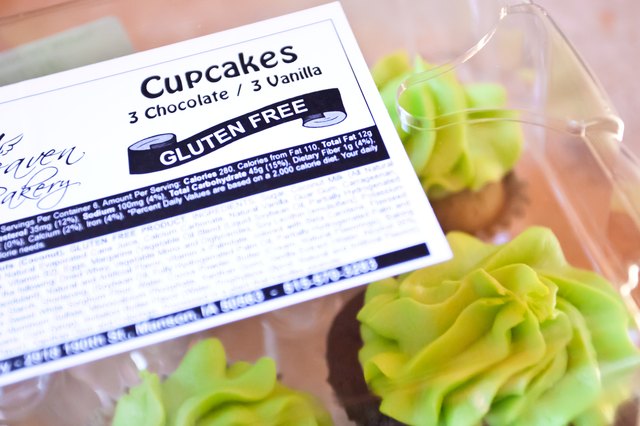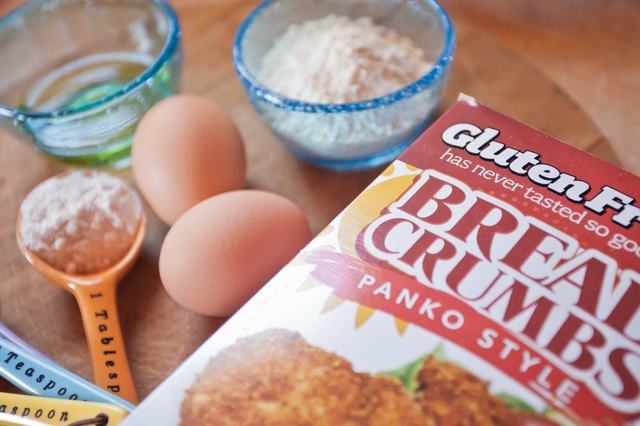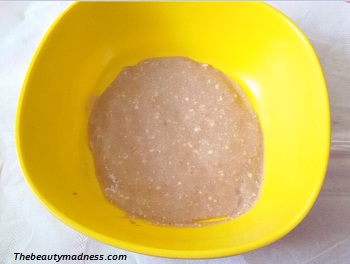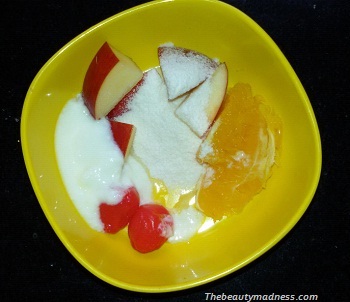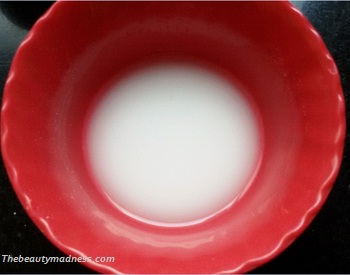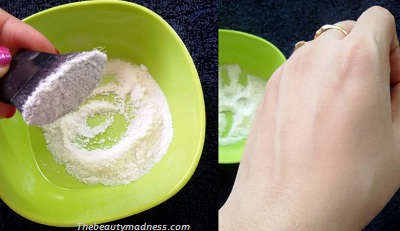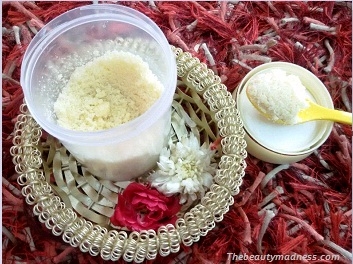Many areas of nutrition tend to elicit controversy, but dietary fiber is usually not one of them. Scientific evidence links fiber intake to a plethora of health benefits, including treating and preventing constipation, hemorrhoids, and diverticulosis; decreasing blood cholesterol levels, which protects against certain forms of cancer; and increasing satiety to help control weight.
Many whole plant foods are rich in different types of dietary fiber, such as pectin, gum, mucilage, cellulose, hemicellulose, lignin, and soluble fiber. Consuming a variety of fibers is suggested to gain the maximum benefits of a high-fiber diet. Clemens also believes that the future for raising the fiber intake of Americans may be through food science advancements. “I think the future for fiber will involve alternative sources of dietary fiber from tree bark, algae, seaweed, and various kinds and parts of vegetables not previously considered edible, such as peels of fruits and vegetables. With today's food science and emerging technologies, food manufacturers are putting dietary fiber into almost any kind of food, such as chocolate, powdered beverages and infant formula .
Top Fiber-Rich Foods
1. Get on the Bran Wagon
One simple way to increase fiber intake is to power up on bran. Bran from many grains is very rich in dietary fiber. Oat bran is high in soluble fiber, which has been shown to lower blood cholesterol levels. Wheat, corn, and rice bran are high in insoluble fiber, which helps prevent constipation. Bran can be sprinkled into your favorite foods,from hot cereal and pancakes to muffins and cookies. Many popular high-fiber cereals and bars are also packed with bran.
2. Wholesome Whole Grains
One of the easiest ways to up fiber intake is to focus on whole grains. A grain in nature is essentially the entire seed of the plant made up of the bran, germ, and endosperm. Refining the grain removes the germ and the bran; thus, fiber, protein, and other key nutrients are lost. The Whole Grains Council recognizes a variety of grains and defines whole grains or foods made from them as containing “all the essential parts and naturally-occurring nutrients of the entire grain seed. If the grain has been processed, the food product should deliver approximately the same rich balance of nutrients that are found in the original grain seed.†Have clients choose different whole grains as features in side dishes, pilafs, salads, breads, crackers, snacks, and desserts.
3. Green, the Color of Fiber
Deep green, leafy vegetables are notoriously rich in beta-carotene, vitamins, and minerals, but their fiber content isn't too shabby either. There are more than 1,000 species of plants with edible leaves, many with similar nutritional attributes, including high-fiber content. While many leafy greens are fabulous tossed in salads, saut ©ing them in olive oil, garlic, lemon, and herbs brings out a rich flavor.
4. Squirrel Away Nuts and Seeds
Go nuts to pack a fiber punch. One ounce of nuts and seeds can provide a hearty contribution to the day's fiber recommendation, along with a bonus of healthy fats, protein, and phytochemicals. Sprinkling a handful of nuts or seeds over breakfast cereals, yogurt, salads, and desserts is a tasty way to do fiber.
5. Exotic Destinations
Some of the plants with the highest fiber content in the world may be slightly out of your clients' comfort zone and, for that matter, time zone. A rainbow of indigenous fruits and vegetables used in cultural food traditions around the globe are very high in fiber. Entice clients to introduce a few new plant foods into their diets to push up the flavor, as well as their fiber, quotient.
6. Fiber Fortification Power
More foods,from juice to yogurt,are including fiber fortification in their ingredient lineup. Such foods may help busy people achieve their fiber goals. As consumer interest in foods with functional benefits, such as digestive health and cardiovascular protection, continues to grow, expect to see an even greater supply of food products promoting fiber content on supermarket shelves.
For more information please visit website: www.todaysdietitian.com



